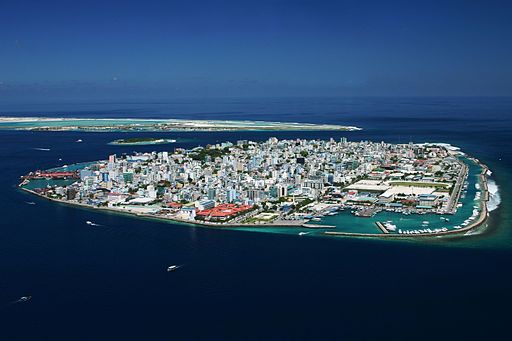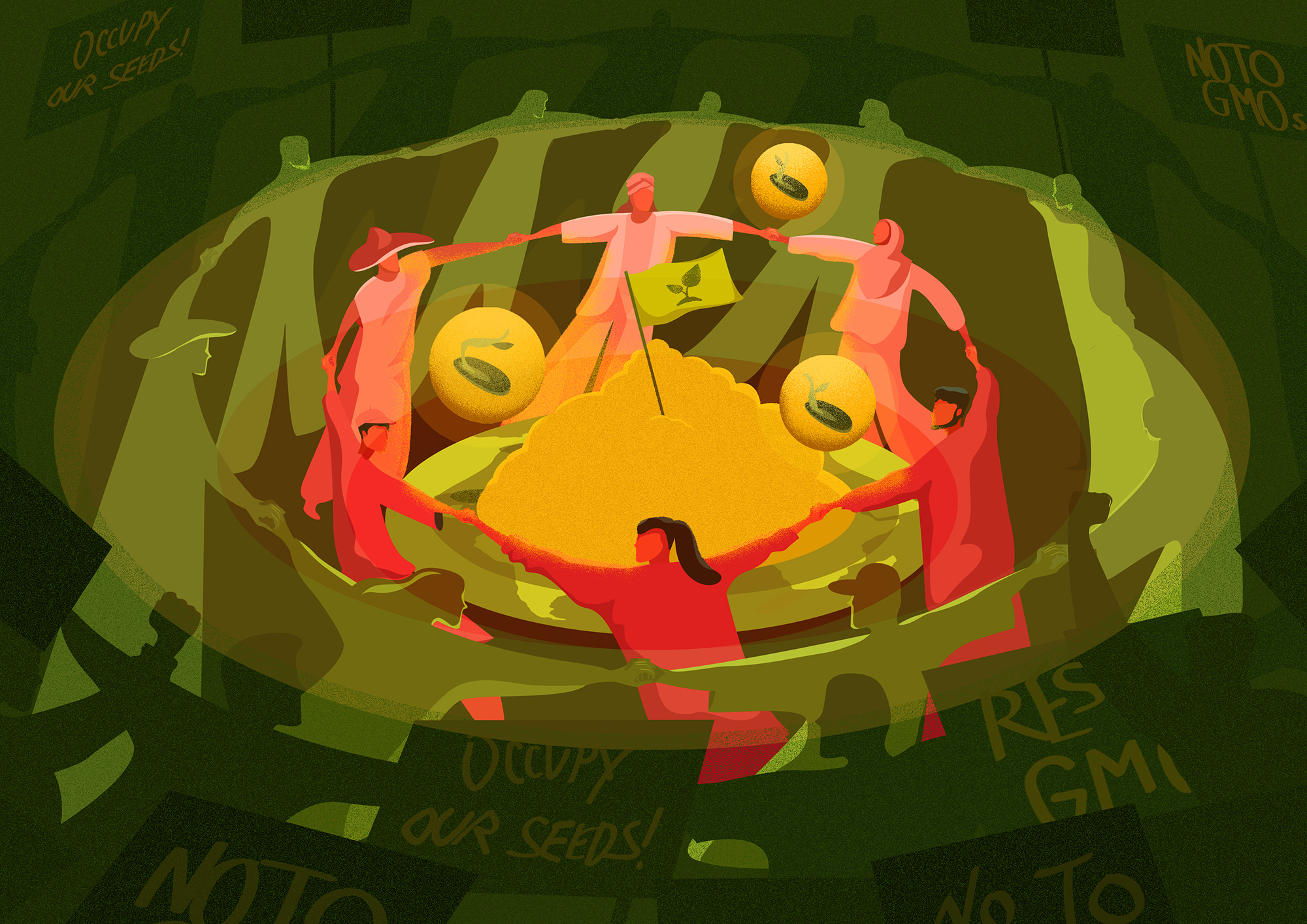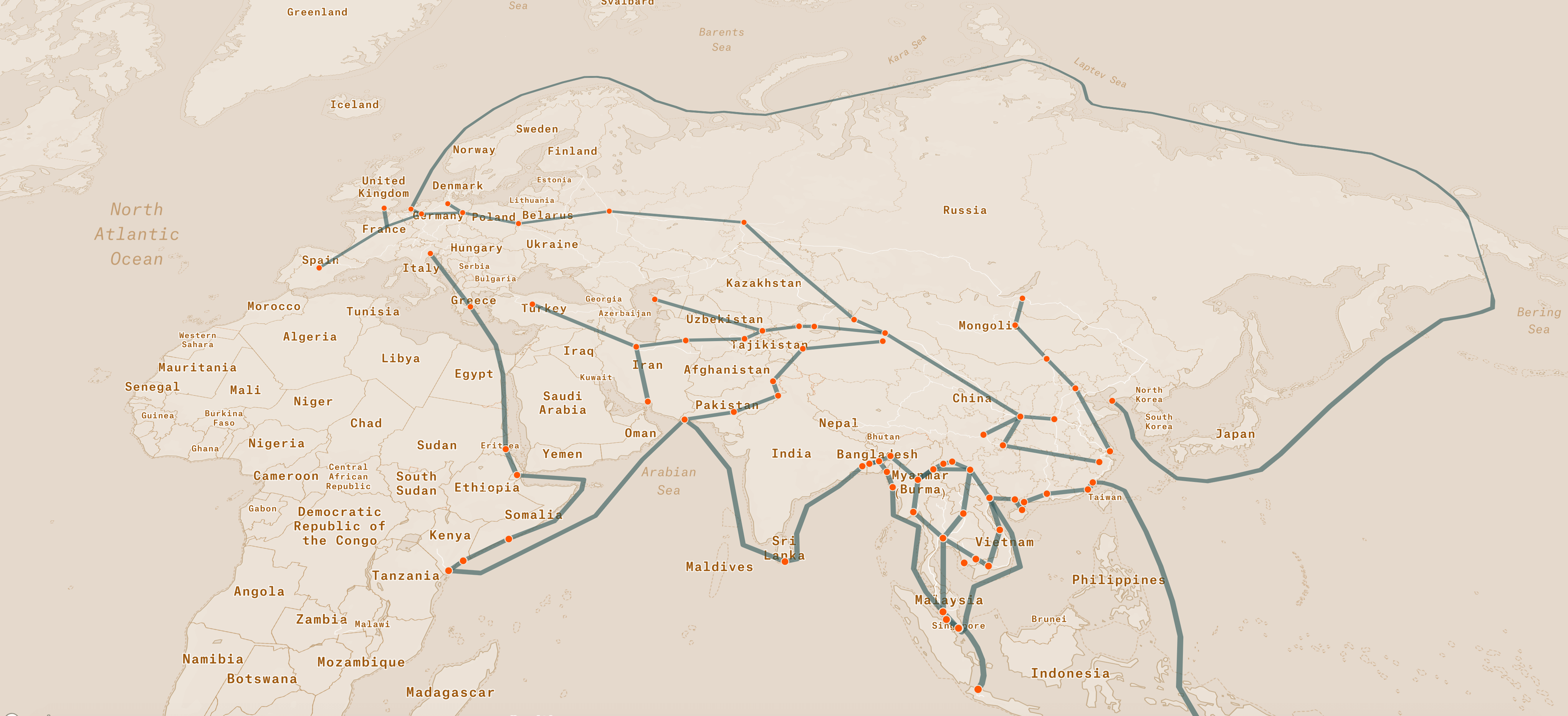
Beyond tourism
Why the Maldives is so important to both India and China
by Kathy XuThe Maldives is known for being a major tourist destination but political tensions in the geographically dispersed state has been growing in recent years as different presidents in power align themselves with different superpowers. What is the Maldives’ geographical importance to superpowers like China and India?

Male island, Maldives
Credits: Shahee Ilyas [CC BY-SA 3.0]
Located in the Arabian Sea of the Indian Ocean southwest of Sri Lanka, the Maldives is a democratic republic comprising 1,192 coral islands that form 26 atolls. Its population is primarily Sunni Muslim, and only 192 of the islands are inhabited by its 300,000 natives. It relies heavily on fishery and tourism, which makes up 90 percent of its Gross Domestic Product. But is fishery and tourism all there is to the Maldives?
When China's head of state, Xi Jinping visited the Maldives in late 2014, it was the first time a Chinese head of state had done so, although diplomatic ties between both countries was first established in 1972. The visit was aimed at boosting economic ties and tourism, and to get Maldivian support for China's Belt and Road Initiative, as Maldives lies along a planned route of the project. In return, China pledged to help Maldives cope with climate change threats.

Maldives 6th president, Abdulla Yameen Abdul Gayoom
Credits: By Prime Minister's Office (GODL-India), GODL-India, https://commons.wikimedia.org/w/index.php?curid=72763827 (left) and Maldives current president, Ibrahim Mohamed Solih
Credits: By Suzu - Private collection, Public Domain, https://commons.wikimedia.org/w/index.php?curid=72854711 (right)
The Maldives saw a sharp increase of Chinese investments for infrastructure projects in its country when its former president, Abdullah Yameen started building closer ties with China. This however, meant that the Maldives was also racking up massive debts to the Chinese government in the five years that Yameen was president. One major collaborative project was the building of the China-Maldives Friendship Bridge (Sina-Malé Bridge), which connects the main island of Male to the artificial island of Hulhule where the new airport was built. Hulhule was leased to a Chinese company at a heavily reduced rate, and the building project of the bridge, costing US$210 million, was launched in 2015. The actual building began in 2016 and the bridge was officially opened in August 2018.
The contractors engaged for the bridge project—CCCC Second Harbour Engineering— is also the Belt and Road’s largest contractor, with hundreds of projects outside China. However, the company has been blacklisted by the World Bank for fraudulent practices during one of their building projects in the Philippines and the Maldives did not have a say as to who the project was contracted to.
The cost of this unchecked building spree during Yameen’s presidential term came to a hefty US$3.2 billion. This was personally handed over by Chinese ambassador to the Maldives as an official invoice, to the new Maldivian president, Ibrahim Mohamed Solih, who was elected in November 2018.

Sinamale Friendship Bridge Credits: By Panda 51 - Own work, CC BY-SA 4.0
Under Yameen, China's presence in the Maldives grew due to his pliant relationship with Xi Jinping. This was seen by India as a threat, and as a way for China to build a military and economic network around India. Over Yameen's term as president, there were also allegations of corruption, with speculation that some of the Chinese investment money went into the Maldives government officials' pockets, which ensured the building projects would kick off without hindrances.
There were also allegations that Yameen allowed land grabbing by the Chinese government to make way for infrastructure projects. Hence, when Mohamed Ibrahim Solih officially took over as president of the Maldives, the Maldivian police pressed charges against Yameen for laundering of government money and giving false information during his presidency.
In the 1990s, the Shell Company attempted to explore for oil and gas in the Maldives but concluded that there were insignificant deposits to warrant further exploration or investment. New studies were also done in 2015 by a group of scientists, which confirmed the presence of oil and gas in the Maldives, although it was unclear if extraction would be economically viable.
In August 2015, Zebra Data Sciences, a UK-based company with more than 30 years of experience in the oil industry, also expressed interest in oil exploration in the Maldives. Even though it was offered without cost to the Maldivian government at Baa Atoll, the move was opposed by local environmental group, ECOCARE. They listed the environmental ills that would come with drilling, and claimed that the resulting noise would disrupt the migratory patterns of the rich marine life that the Maldives was famous for. However, one of the members of Parliament of the Maldives government, Saud Hussain, tweeted on 18 October 2015 about exploration vessels coming into the Maldives to survey for oil extraction with seeming excitement.

Successive presidents of the Maldives including Mohamed Nasheed, Abdulla Yameen Abdul Gayoom, and Ibrahim Mohamed Solih
Impact of rising sea levels on the Maldives
As a country made up of more than 2,000 low-lying islands, the Maldives is clearly more vulnerable to climate change and rising sea levels. This is at the core of the pushback from environmental groups on the issue of oil exploration and possible extraction. The Maldives is a part of the Alliance of Small Island States (AOSIS) that was created in 1990 to highlight the greater impact that climate change has on such islands. The AOSIS was also formed to advocate for worldwide shifts from fossil fuels to renewable energy. The Maldives National Oil Company (MNOC) remains hopeful, however, to eventually be able to drill for oil and gas.
Mapping choices for sea level rise in Maldives
Mohamed Nasheed, who was the president of Maldives before Yameen, was the Maldives’ first democratically elected president who championed fighting climate change, and was against oil exploration and drilling, while Yameen saw land reclamation and increased tourism as good for the Maldives, despite the harm they caused to coral reefs.
It is unclear if oil drilling had actually already taken place under Yameen, as he has withheld information from the Maldivians about money laundering and bribery. He also seems unaware of the specific amount of debt the Maldives had racked up with China during his presidency. The Maldives did start to increase its export of liquified petroleum gas (LPG) from 2016, but this is most likely due to transhipment business of refrigerated LPG to small feeders like India, Sri Lanka, and Bangladesh.

Indian PM Narendra Modi and Maldives president, Ibrahim Mohamed Solih
Credits: By Prime Minister's Office (GODL-India), GODL-India
There was a time when the Maldives and India had close economic ties but when Yameen came to power, the country pivoted towards China. President Solih is pro-India and his government is intent on rebuilding ties with India by reaffirming an India First Policy. But this is not the only political shift in the Maldives under the current president.
In 2013, Yameen came into power during a controversial and convoluted election process that observers say was rigged. Bilateral ties between India and the Maldives took a dip when India criticised the treatment of former president Nasheed. In 2015 Nasheed was arrested and sentenced to thirteen years in prison on a controversial terrorism charge under Yameen's rule. Yameen had also rejected visa renewals for Indian nationals who were working in the Maldives legally, without giving reasons. Nasheed’s jail term was overturned when Solih became president last year. He was also a part of the opposition coalition that ousted Yameen eventually.
With China slapping a US$3.2 billion bill on the Maldives after Yameen's presidency concluded, India's Prime Minister Narendra Modi stepped up and announced in December 2018 that he would be giving US$1.4billion of financial aid to the Maldives—a close friend and ally—to partially pay off the nation’s debt to China. Modi, who was recently re-elected, is also adopting a Neighbourhood-first policy, forging closer ties with the Maldives with a recent visit in June 2019.
Given its strategic position in the Indian Ocean, the Maldives plays a vital role in maintaining the maritime trade that takes place in the Indian Ocean and is more than the tourism value it is known for. Its current president may bring a measure of economic and political stability to the nation, but much of this will depend on his ability to maintain peaceful ties with not just India, but China as well. That skillfully struck equilibrium will shape the geopolitical landscape of the Indo-Pacific region.











